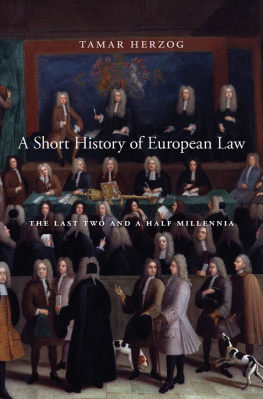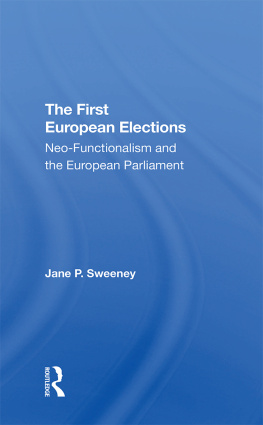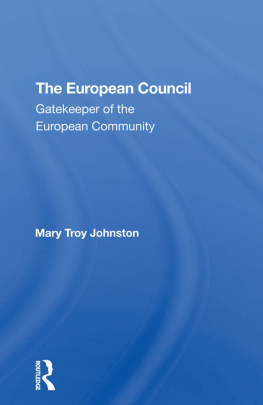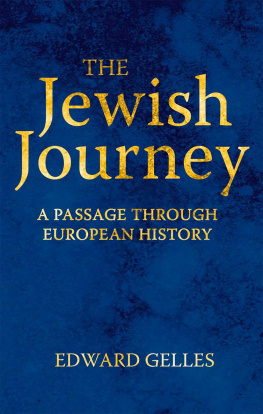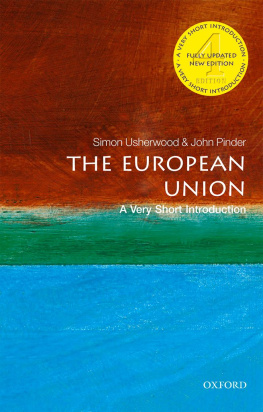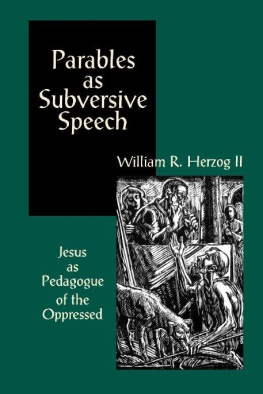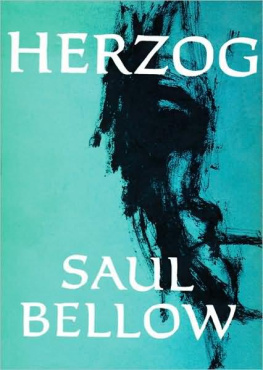A Short History of European Law
_______
THE LAST TWO AND A HALF MILLENNIA
Tamar Herzog


Cambridge, Massachusetts
London, England
2018
Copyright 2018 by Tamar Herzog
All rights reserved
Jacket design: Tim Jones
Jacket art: The Court of Chancery during the Reign of George I, by Benjamin Ferrers, circa 1725, courtesy of the National Portrait Gallery, London
978-0-674-98034-1 (alk. paper)
978-0-674-98175-1 (EPUB)
978-0-674-98176-8 (MOBI)
978-0-674-98174-4 (PDF)
The Library of Congress has cataloged the printed edition as follows:
Names: Herzog, Tamar, author.
Title: A short history of European law : the last two and a half millennia / Tamar Herzog.
Description: Cambridge, Massachusetts : Harvard University Press, 2018. | Includes bibliographical references and index.
Identifiers: LCCN 2017019315
Subjects: LCSH: LawEuropeHistory. | Common lawHistory. | Civil law systemsHistory. | LawEuropeInternational unificationHistory.
Classification: LCC KJ147 .H47 2018 | DDC 349.409dc23
LC record available at https://lccn.loc.gov/2017019315
Contents
A FEW YEARS AGO, an undergraduate student reported to me with excitement that she had just visited Washington, D.C., where she saw a copy of the great charter of liberties, the Magna Carta. Not wanting to dampen her enthusiasm, I asked myself how I could explain to this student that what she saw was a feudal document whose original intent had very little to do with what it came to symbolize, and whose importance was acquired over time because, centuries after it was enacted, it was given new meaning and a new role.
The question I first had to tackle was whether this mattered at all. Was it significant that an early thirteenth-century document such as the Magna Carta was misread by a twenty-first-century student? What would this student stand to gain had she understood what the Magna Carta really was and why and how it had come to acquire the status it now has? Was this history relevant to her present-day concerns? Was myth-breaking as important as myth-making? Is the past gone, or does it tell us something essential about the present and the future?
Understanding the thirteenth-century Magna Carta would entail remembering a feudal past in which powerful lords sought to protect their jurisdiction and property against an expanding monarchy. It would require imagining how society changed over timemainly, how the privileges of a few barons became the rights of all Englishmenand how, in the process, claims for rights limited what kings could do. Given its projection in the United States, this narrative would also include the story of how these ideas crossed the Atlantic and mutated. Within a larger history of European law, the explanation would have to engage with the question of not only why the Magna Carta acquired this mythical status but also why similar feudal charters, abundant and frequent elsewhere in Europe, did not.
As a legal historian I know that what the Magna Carta currently stands for has nothing to do with the text itself and everything to do with how it was used and remembered. If my student knew this history, I reasoned, she might understand the past better, but she might also acquire a means to imagine differently her present and future. It could supply her with instruments to question narratives, understand the processes that led to their formation, and suggest where they could take us next.
The Magna Carta, of course, is not the only legal remnant that still determines our present or allows us to imagine our future. Plenty of other instruments, institutions, and texts inherited from the past fulfill the same role. As both relics of a time gone and important features of our everyday life, they give things certain meanings, they supply solutions, and they offer techniques through which to analyze and understand reality. Take, for example, due processthe obligation of courts to follow a particular procedure. Intuitively, many among us would consider it a relatively modern phenomenon linked to societys ambition to ensure the implementation of justice. Yet, due process, if not in name then at least in practice, was born long ago in medieval England. The story of its emergence is linked not so much to guaranteeing the right result (which it did not) but to the insistence that judges of common-law courts obey very strict procedural rules. Understanding why procedural rules became so important in English law and how, over the years and because of very odd transformations, they came to be seen also as instruments protecting litigants, would allow us to have a better grasp, for example, of why certain things were covered by due process while others were not, or why this set of rules developed in England rather than elsewhere.
Engagement with the past would also enable us to comprehend how European law came to refashion itself both as the epitome of reason and as a system with potentially universal applicability. The enormous influence European law has had around the globe could of course be explained by political and economic factors, but it also required an intellectual elaboration. Ancient Romans already linked community membership to law and both of these to the extension of political hegemony, but these links metamorphosed dramatically in the Middle Ages. The advent and propagation of Christianity allowed the projection of Roman law to new areas in Asia, Africa, and Europe. With colonialism, new explanations were adopted to justify the imposition of European law on non-European territories and peoples. The same happened during the eighteenth-century revolutions and nineteenth-century construction of nation-states. Tracing the evolving need to explain the relevance of European law elsewhere would illuminate, for example, some scholars criticism of contemporary international law, which they trace back to Europe and which they consider a European rather than a truly global human heritage.
Having taught legal history for some twenty years in both law faculties and history departments in various countries and universities in Europe and the United States (at the University of Chicago, Stanford, and now Harvard), I often felt the need for a short, useful introduction to European legal history that could be used to discuss the evolution of law over time. Weary of big surveys that were heavy on details but light on explanation or on tracing development and change, and unhappy with those that endlessly repeated stereotypes and misconceptions or were provincial in their outlook, I intentionally wrote this book with both my history and law students and my colleagues in mind. What would they need to know to appreciate both how foreign and nonetheless familiar the past was? In a field so abundant with nationalistic affirmations, which myths needed to be put to rest and how could this be done? How could one integrate the history of law in Europe in a single narrative that would allow for local variations while also respecting the profound unity across Europe, including England? How could one communicate the preoccupations of Continental legal history with which I grew intellectually (and which seeks to establish overreaching principles) to an audience more familiar with other types of legal history that are traditionally focused on concrete examples? How can a short book reproduce what we know and what we dont, what we are sure of and what we hesitate to affirm, and yet give a narrative of how things have changed over time and (sometimes) why they did?

